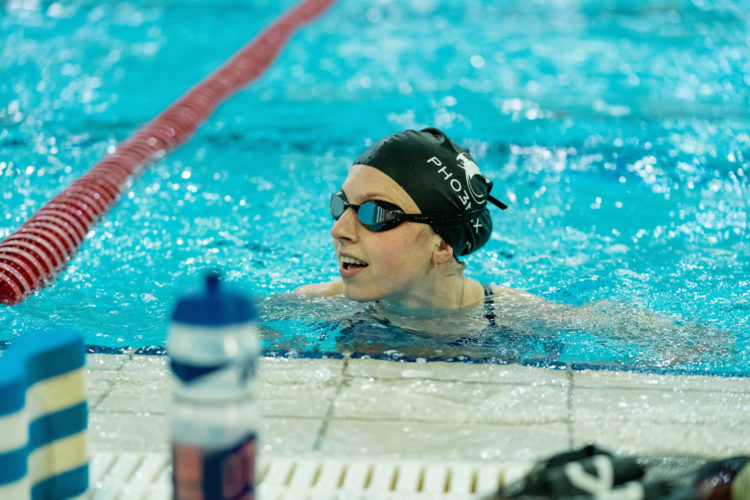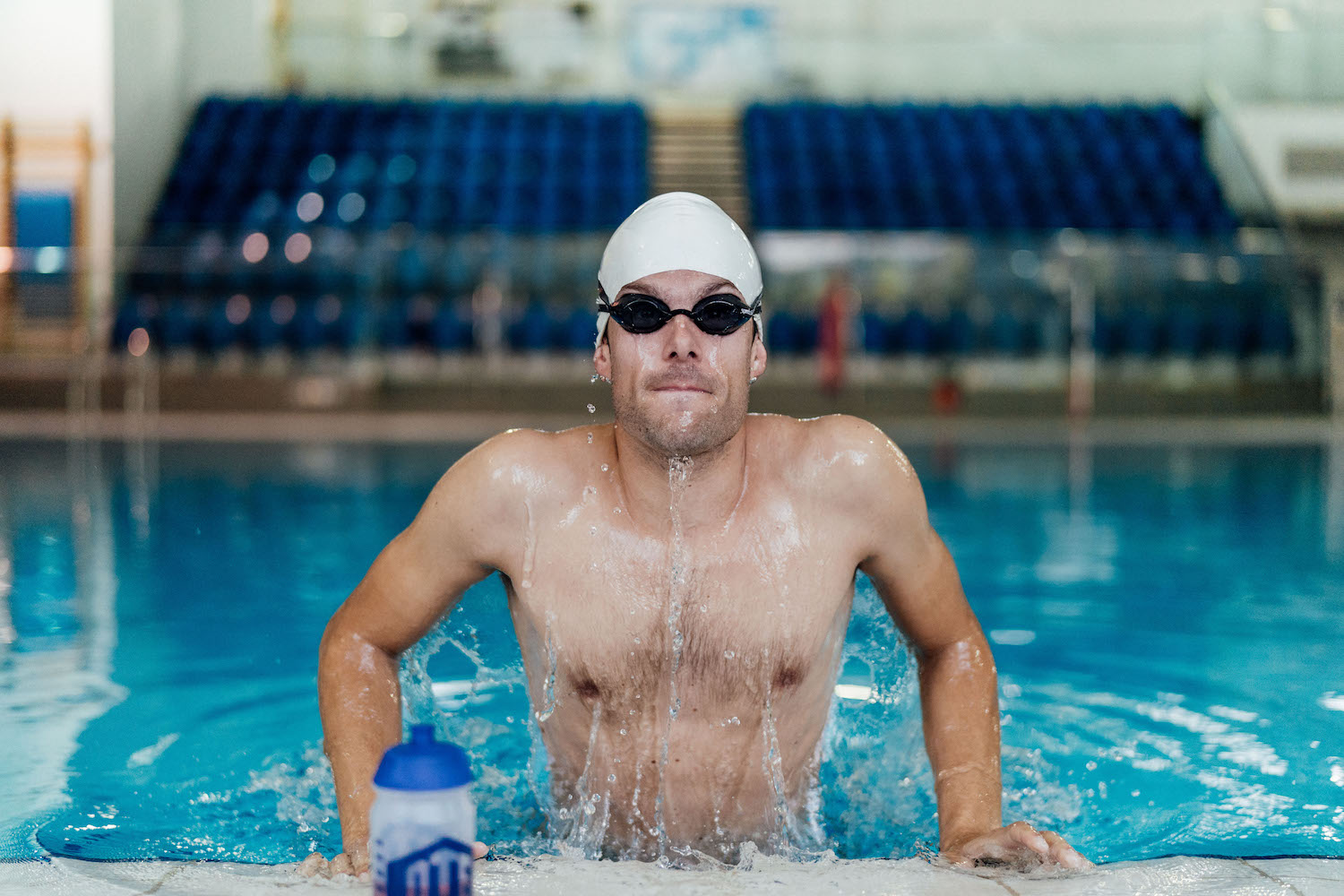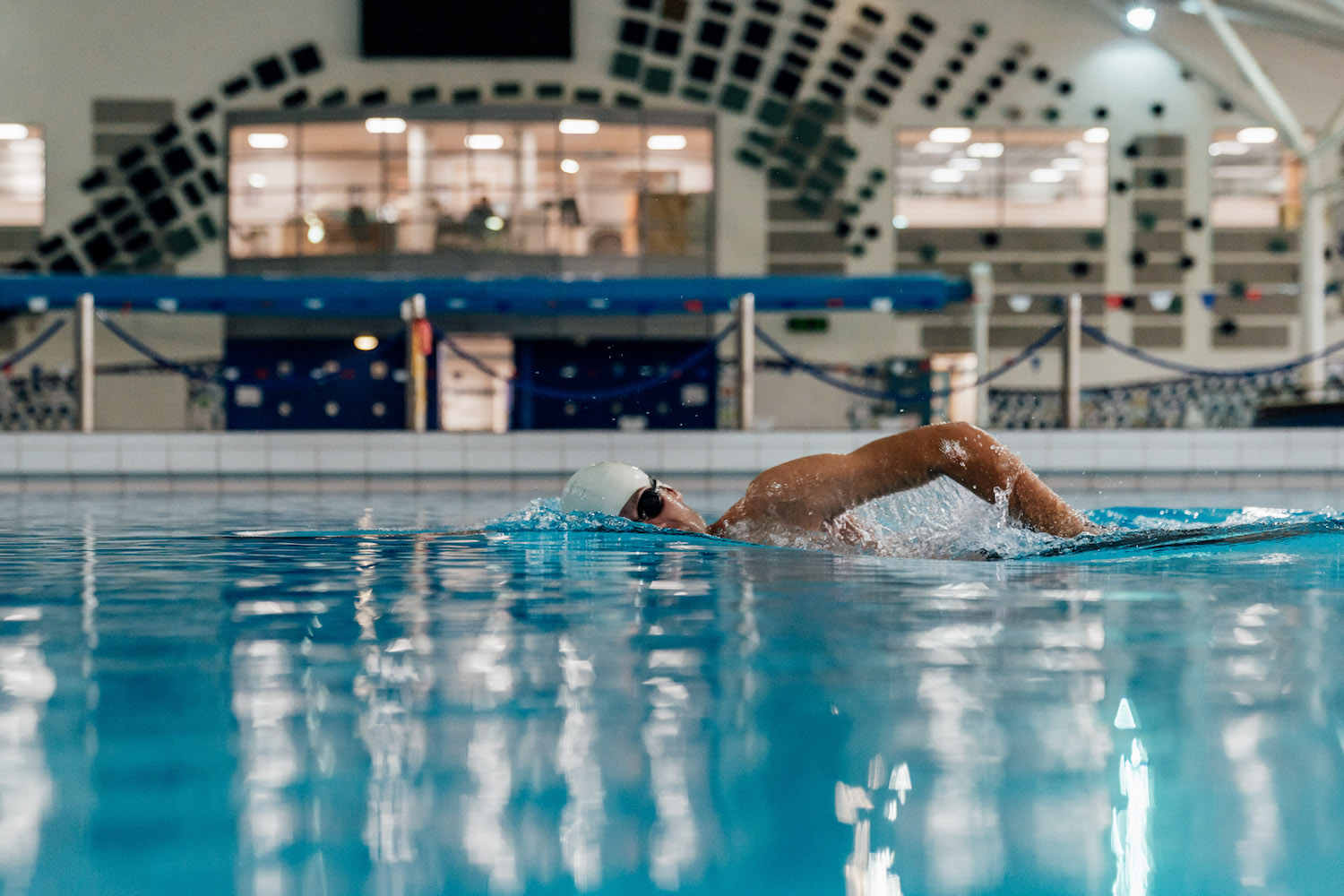We understand that it can be hard to take on board energy when swimming. But it if you want to improve your performance, especially over the longer distances, putting fuelling strategies in place is important. Here we have our top 5 tips to breaking down barriers to fuelling during a swim session.

When it comes to swimming, the importance of nutrition and hydration can often be overlooked. After all, it’s not always easy to take bottles/and or gels during your sessions and even trickier for open water, but not having the right amount of carbs or electrolytes could impair your performance and recovery so we’ve put together the following five tips to get you through even the toughest sessions:
One
Warm and steamy swimming pool environments can elicit significant sweat loss without you even knowing. If your body loses more than 2% of its bodyweight due to sweating then it can negatively affect performance. Always have an easy to access drink of either OTE Hydro Tabs or OTE Energy Drink at the side of the pool that you can sip between sets. The electrolyte content of each of these drinks will help to promote rehydration better than just water alone.

Two
Due to early training times of most swim sessions, it can be more convenient to not eat than to get up really early and eat in enough time for your food to settle. The problem is, by training in a fasted state you are compromising the quality of the session. Carbohydrates are the dominant energy source used in swimming and our body only has a limited store, which needs topping up before we exercise. Consider having fluid based meals before training to eliminate stomach discomfort. OTE energy drinks, smoothies and fruit juices are great ways to top up your carbohydrate stores before training.
Three
Recovery is very important but if you find yourself training or competing twice in a day then it becomes critical. Try to eat as soon as possible after the first training session to allow your body to have maximal time to recover optimally between the two sessions.
Consuming a combination of both carbohydrate and protein is the best recipe for recovery. Carbohydrates will replenish the glycogen stores you have just used up and the protein is to help with muscle recovery. An OTE recovery sachet is a convenient way to get all you need in one easy to consume drink.
four
Another problem swimmers that are training hard face is a compromised immune system. The last thing any athlete wants is to lose precious days of training due to a niggling cold. Research has actually shown one of the best strategies to preserve your immune system is to consume carbohydrates during your training session, especially if it is over 90 minutes. Be organised and have an easy to reach OTE energy gel or OTE energy drink at poolside.

Five
Low body fat percentage can be advantageous in swimming mainly due to its effect on agility and dynamic power. To keep this in control make sure your eating habits align with your training. Big training days require more calories to get the most out of your training, so snacks (such as low fat, high protein OTE Duo Bar) between meals may need to be added to achieve this. But during rest periods limit your intake accordingly. That way you will stay a lean mean racing machine.